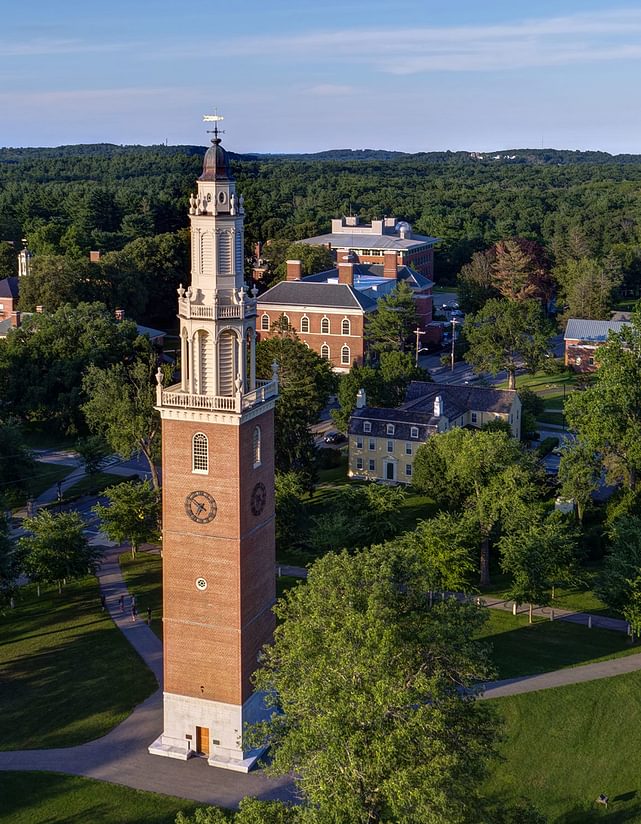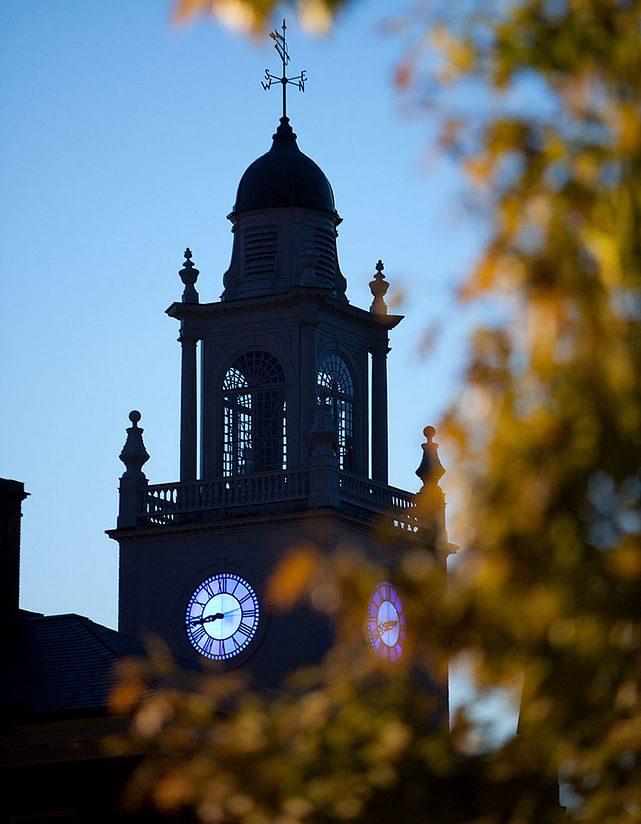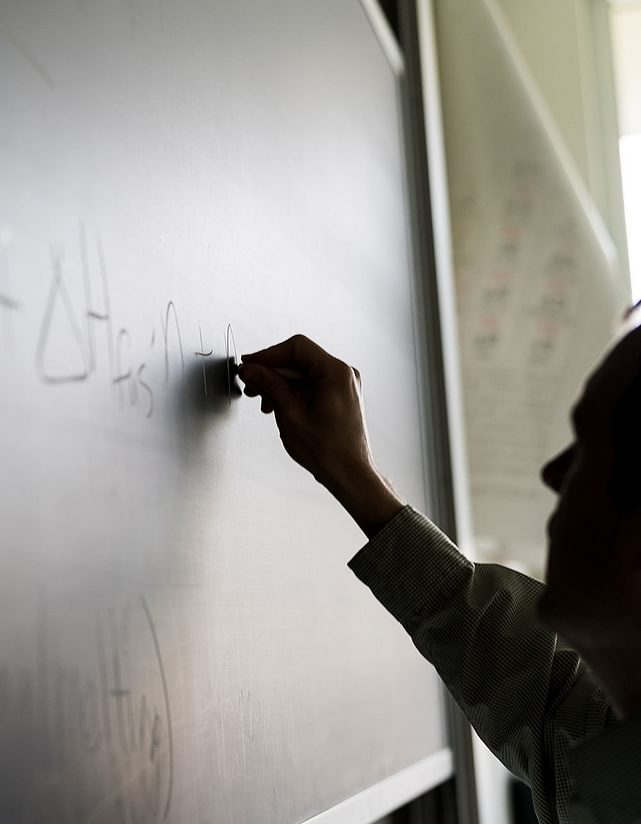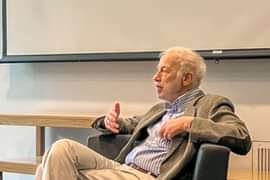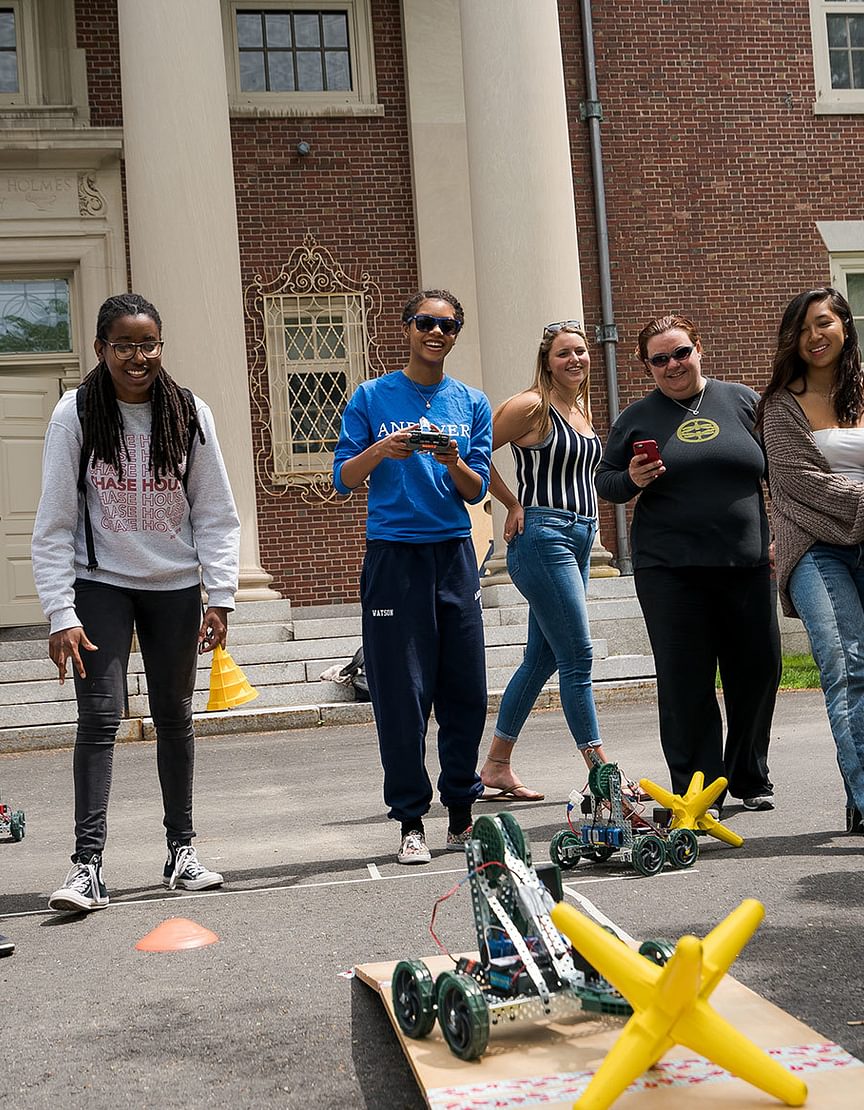
January 16, 2019
Piloting a School within a School at Andover
The Tang Institute will pilot a new model for connected learning, collaborationby Andy Housiaux
At the turn of the millennium, Thomas Carroll, a researcher for the US Department of Education asked, “If we didn’t have the schools we have today, would we create the schools we have today?”
In the spring of 2020, the Tang Institute will respond to this question with a pilot project: a school within a school. A group of Tang Fellows will spend a year researching and reflecting on the basic building blocks of schooling: student learning, assessment, grading, and time. These faculty members will visit other schools, explore alternate ways of understanding student learning, and imagine new possibilities for what an Andover education could be, working with a group of spring-term seniors in this first iteration. Head of School John Palfrey believes “The school within a school is an opportunity for faculty to learn and collaborate alongside students, trying out new educational ideas while forging meaningful connections between our on-campus curriculum and our local and global partners.”
Connected Learning
The school within a school will allow students to create deep connections in their learning in two significant ways. A singular thematic focus—food systems, for example—will enable students to look at one topic from a range of linked perspectives. Students can ask questions about the ethics of meat-eating and food production, as they simultaneously consider the effects of their diet on climate change. Just as important, these multi-disciplinary connections will enable students to pursue fruitful independent research, asking questions and pursuing projects that are not bound by a single academic discipline. Students could use ideas from Art and Computer Science to reflect on how best to visualize and present data about food waste, combining this learning with insights from journalism and narrative non-fiction storytelling.
In addition to this curricular work, students will forge deeper connections between their campus learning and community partners. This kind of partnership and outreach is central to the mission of Phillips Academy and the Tang Institute, and we are grateful to be working alongside the Office of Community Engagement in this endeavor. With the school within a school, the classroom is no longer limited to the classroom: we can learn in gardens, on farms, in food pantries, and grocery warehouses. Students will also be able to learn from the superb work done by experts in Dining Services and the Sustainability Office. Our learning will be both experiential and intellectually rigorous, bringing about a deeper understanding than on-campus learning alone could provide.
Time
The unique schedule of the school within a school will make this connected learning possible. Time is a perennial challenge for a teacher: there’s never enough of it, and teachers are often challenged to incorporate the exact lessons they wish to teach into the time blocks they have been given. The school within a school will help shift the conversation on this topic by allowing for uncommon flexibility in scheduling.
For students, participation in the school within a school will be optional. But, for those who opt in, we will ask them to opt in fully: all of their classes in this term will be part of this undertaking. This commitment enables tremendous curricular flexibility and freedom; it means that students will have no other academic commitments or conflicts and thus the schedule can be designed to maximally support student learning. If a teacher needs a three-hour lab to study the difference between GMO and organic food, no problem. If the students and faculty decide to meet for 20 minutes every morning—five for mindful silence, five for a student-led reflection, and 10 to check in—no problem. If the community needs 90 minutes twice a week to study philosophy instead of 45 minutes four times a week, no problem. Teachers will no longer have to deal with a schedule dictating what they teach; instead, what we teach—what will best support student learning—will dictate the schedule.
As a result, this new schedule allows the faculty to ask fundamentally different questions about their pedagogy. Instead of thinking about incremental efficiency—how can I teach a little bit better in the current system?—we can instead think about deep effectiveness: what needs to be in place for students to have the most powerful and engaging learning experiences, and how can we design learning experiences to support them in this aim?
Grading and Assessment
Time is a central educational variable; grades are another. The school within a school will allow us to reflect on and examine our grading practices. National organizations like the Mastery Transcript Consortium are inviting schools to reimagine grading and assessment. Education scholars such as Denise Pope and Joe Feldman have written books exploring equitable grading, student stress, and homework levels. The school within a school will offer an opportunity to engage deeply with this work and explore the relationship between grading, feedback, and student learning.
Teachers will also have the opportunity to explore more authentic ways to ask students to demonstrate their understanding. Much student work is produced for an audience of one: their teacher. By building in ways to connect student learning to the broader community, on- and off-campus, we will create a deeper sense of relevance and more meaningful stakes for student learning. Students will make integrated, interdisciplinary presentations to peers or community leaders, design potential solutions to community challenges, or use the storytelling power of art and narrative to educate the broader community about what we’ve learned.
Concluding Thoughts
Phillips Academy is a school that does many things well. Because of this, it is right to be somewhat cautious about wide-scale change. At the same time, it would not be fitting for Andover to rest on its laurels and imagine that there is no room for ongoing growth or the refinement of how we teach our students. The school within a school will allow Andover to continue with the successful practices that have brought us to where we are today, and will simultaneously allow us to reflect and innovate in a lab environment to understand what new ideas about student learning, assessment, and time might be worthy of adopting more broadly on campus. Throughout, as we do this work, we will have an eye to national conversations about grading, equity, wellness, and assessment, ready to share our learning on campus and with other schools, fulfilling a central mission of Phillips Academy and the Tang Institute: being a private school with a public purpose.
Join In: The School within a School Working Group
As we explore school within a school at Andover, we are seeking the input and involvement of any interested members of the faculty or staff. We are forming a working group that will meet periodically during the remainder of the current academic year and will begin to host more frequent talks and professional learning opportunities connected to this undertaking. More details will be forthcoming, including information about how we will engage with current students in the process of researching and designing this experience.
If you would like to participate, please email [email protected] to express your interest.
